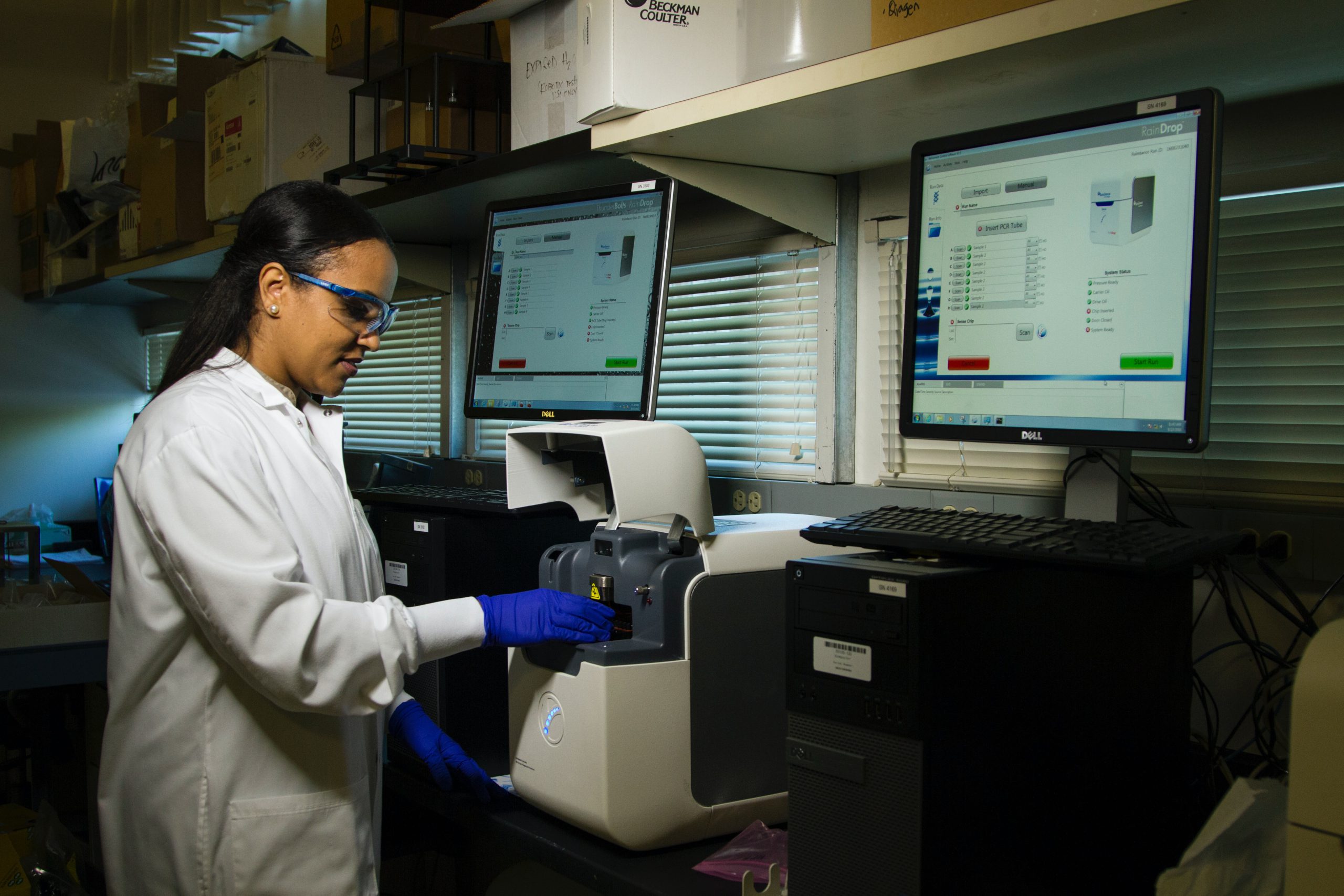Acute Lymphocytic Leukemia Can Cause Many Different Signs And Symptoms. Most Of Them Occur In All Types Of All, But Some Are More Common In Certain Subtypes Of All .
Symptoms Caused By Low Blood Cell Levels

Most Of The Signs And Symptoms Of All Are The Result Of A Lack Of Normal Blood Cells, Which Happens When Leukemia Cells Crowd Out Normal Blood-Forming Cells In The Bone Marrow. These Deficiencies Show Up In Blood Tests , But They Can Also Cause Symptoms, Including:
- Feeling Tired
- Soft Spot
- Dizziness Or Lightheadedness
- Difficulty Breathing
- Pale Skin
- Infections That Do Not Go Away Or That Recur
- Bruises (Or Small Red Or Purple Dots) On The Skin
Bleeding, Such As Frequent Or Severe Nosebleeds, Gum Bleeding, Or Heavy Menstrual Bleeding In Women
General Symptoms
All Patients Often Have Several Non-Specific Symptoms As Well, Which May Include:
- Weightloss
- Fever
- Night Sweats
- Loss Of Appetite
Of Course, These Symptoms Are Not Just Caused By All, And Are More Often Caused By A Condition Other Than Leukemia.
Swelling In The Abdomen
Leukemic Cells Can Accumulate In The Liver And Spleen, Causing These Organs To Enlarge. This May Be Noticed As Fullness Or Bloating Of The Abdomen Or Feeling Full After Eating Only A Small Amount Of Food. The Lower Ribs Usually Cover These Organs, But When They Are Enlarged The Doctor Can Feel Them.
Enlarged Lymph Nodes
All That Spreads To Lymph Nodes That Are Close To The Surface Of The Body (Such As On The Sides Of The Neck, In The Groin, Or In Areas Of The Armpits), Can Be Felt As Masses Under The Skin. Swelling Of The Lymph Nodes Inside The Chest Or Abdomen Can Also Occur, But This Can Only Be Detected By Imaging Tests Such As Ct Or Mri.
Bone Or Joint Pain
Sometimes Leukemia Cells Collect Near The Surface Of The Bones Or Within The Joints, Causing Bone Or Joint Pain.
Spread To Other Organs
Less Commonly, All Can Spread To Other Organs:
If All Spreads To The Brain And Spinal Cord, It Can Cause Headaches, Weakness, Seizures, Vomiting, Problems With Balance Or Numbness, Or Blurred Vision.
All Can Spread Within The Chest, Where It Can Cause Fluid Buildup And Trouble Breathing.
In Rare Cases, All Can Spread To The Skin, Eyes, Testicles, Ovaries, Kidneys, Or Other Organs.
Symptoms Of An Enlarged Thymus
The T-Cell Subtype Of All Most Often Affects The Thymus, Which Is A Small Organ Located In The Middle Of The Chest, Behind The Breastbone (Chest Bone), And In Front Of The Windpipe. The Enlarged Thymus Can Compress The Windpipe, Causing Coughing Or Shortness Of Breath.
The Superior Vena Cava (Svc), A Large Vein That Carries Blood From The Head And Arms Back To The Heart, Passes Close To The Thymus. If The Thymus Is Enlarged, It Can Press On The Svc Causing Blood To “Back Up” In The Veins. This Is Called The Svc Syndrome . May Cause:
Swelling Of The Face, Neck, Arms, And Upper Chest (Sometimes Bluish-Red)
- Headaches
- Dizziness
- Altered State Of Consciousness If It Affects The Brain



